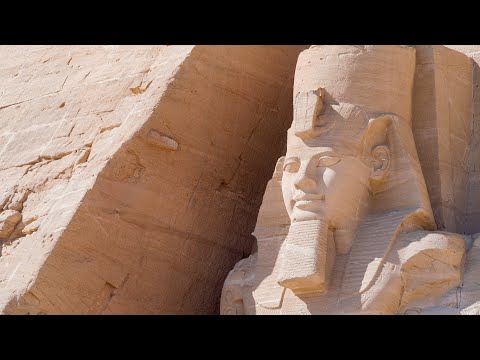
### Exploring Egypt Through Rick Steves’ Eyes
#### Ancient Wonders
“Rick Steves Egypt: Yesterday and Today” dives deep into Egypt’s most revered ancient sites. From the iconic Great Pyramids of Giza to the majestic tombs in the Valley of the Kings near Luxor, Rick brings his enthusiastic narrative to these awe-inspiring historical landmarks. The show does not just marvel at these sites but also educates viewers about their historical contexts, architectural significance, and cultural importance.
Steves’ exploration goes beyond the well-trodden paths; he ventures into less-visited but equally fascinating sites such as Saqqara, home to the Djoser’s Step Pyramid, and Dahshur, where one can find the Bent Pyramid and Red Pyramid. By doing so, he enriches viewers’ understanding of Egypt’s vast historical landscape beyond its most famous monuments.
#### Modern Day Vibrancy
However, “Rick Steves Egypt: Yesterday and Today” isn’t solely focused on ancient history. True to its title, the show also delves into modern-day Egypt. Cairo’s bustling streets, vibrant markets like Khan el-Khalili bazaar, local eateries serving traditional Egyptian cuisine—all are brought to life through Steves’ explorative lens. His interactions with local Egyptians add a personal touch to each episode, allowing audiences around the world to connect more deeply with Egyptian culture.
Rick also discusses contemporary issues facing Egypt including political dynamics after the Arab Spring revolution in 2011, economic challenges, and tourism revival efforts post-pandemic—offering a rounded picture not often depicted in typical travel shows.
#### Cultural Immersion
Beyond just sightseeing, “Rick Steves Egypt: Yesterday and Today” emphasizes cultural immersion. Viewers get insights into traditional crafts like carpet weaving in Fowa or pottery-making in Tunis village. There are sequences showing everyday life activities which give audiences a sense of how Egyptians live today while respecting their rich history.
### Educational Outreach
Complementing this series is Rick Steve’s commitment to education via multimedia resources available on his website providing deeper dives into Egyptian history covered in each episode for motivated learners or educators wishing to broaden their teaching materials.
### Conclusion
In “Rick Steves Egypt: Yesterday and Today,” audiences are treated not just as tourists but as students learning about one of humanity’s oldest continuous civilizations through a blend of historical storytelling and present-day narratives shaped by Steve’s insightful narration. This series is thus an important contribution both for those planning a trip to Egypt or armchair travelers eager for knowledge about this pivotal part of our world heritage – facilitated by an expert who continues redefining travel programming with his passion for people-first stories wrapped around cultural understandings.
